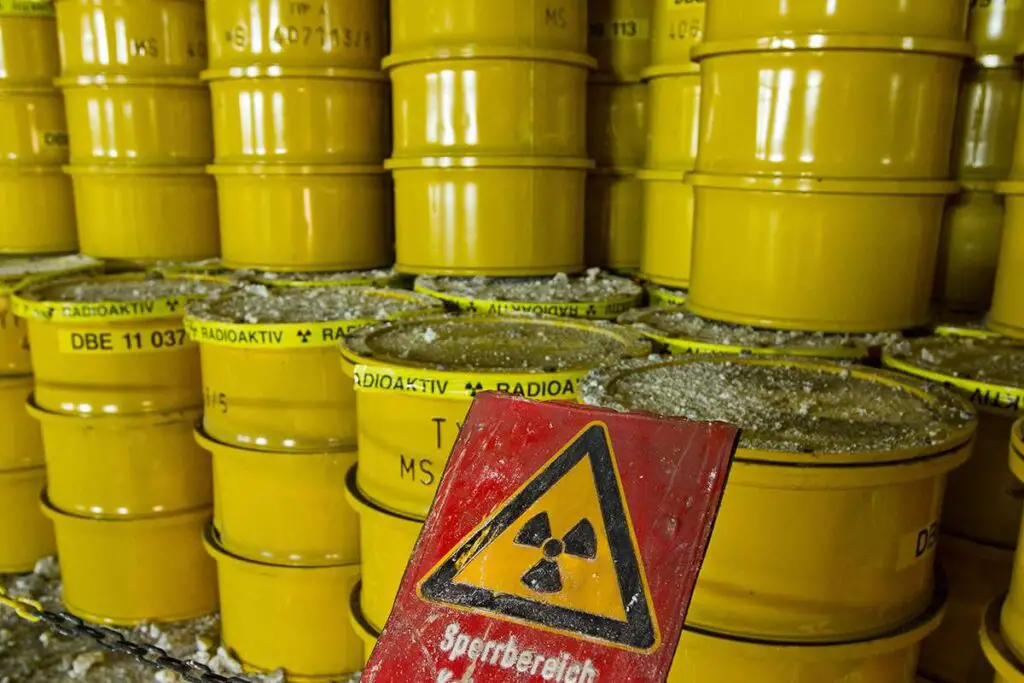Retrieving our waste has now become a necessity. Including our nuclear waste. In any case, scientists are working to find ways to do this.
In the old nuclear power plants, studies were underway for reusable batteries from some of the nuclear production facilities and positive results came.
It will be produced from the radioactive isotope of carbon 14(14C)
Carbon 14 (14C): It is one of the naturally occurring isotopes of carbon in our environment. It consists of nitrogen 14 (14N) atoms found in the upper atmosphere. However, 14C was created more artificially.
It is located at the heart of some nuclear reactors. The natural 14C isotope is an advantage in terms of use. Scientists have long used it to date all kinds of objects from works of art to fossils. But when it comes to 14C produced in nuclear power plants, this is more of a disadvantage. Because even if its radioactivity is “weak”, it has a long life and is not used.
And just as the UK’s oldest nuclear power plant dismantling program was just beginning, researchers at the University of Bristol wondered if they could come up with a solution to reuse this carbon 14.

Artificial diamonds will be produced
What the researchers are planning is to extract carbon 14 from blocks of graphite in old nuclear reactors to make artificial diamonds. What does that have to do with it, you might ask? These radioactive diamonds turn into batteries with almost infinite energy. Because diamond can act as a semiconductor.
The diamond, somewhat like silicon, which makes it possible to produce photovoltaic electricity from the energy it receives from the sun, produces betavoltaic electricity from the energy emitted by the radioactive decay of 14C.
What stages does production go through?
To make rhinestones, researchers typically rely on a process called chemical vapor deposition. At high temperature, it forms a diamond film from a mixture of hydrogen and methane plasma.
Researchers at the University of Bristol adapted it to be able to grow radioactive diamonds using methane, a radioactive isotope of carbon found in irradiated reactor graphite blocks. The diamond used in batteries therefore consists of thin layers of large crystal grains.

Is it harmful to human health?
They also designed a structure designed to prevent radiation leakage and minimize the danger to human health. “Carbon-14 beta particles, although energetic, don’t travel very far.
Because these particles are encapsulated in a dense matrix, the possibility of the battery emitting radiation to penetrate human skin is minimized,” the researchers said.





